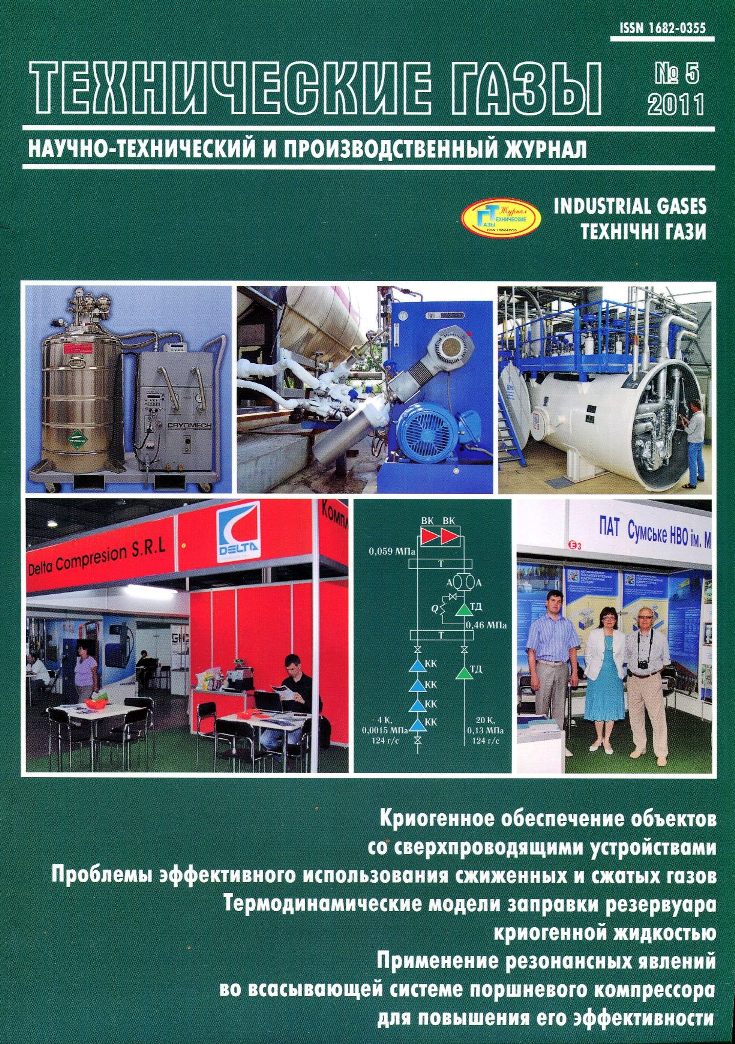No. 5 (2011): Industrial Gases

Scientific technical and industrial journal
Technical gases designed for engineers working in the field of creation, manufacture and operation of cryogenic systems, production of technical gases (helium, hydrogen, carbon oxide and dioxide, and others.), Air separation products, as well as researchers.
Themes:
Modern efficient processes, thermodynamic cycles, new schemes, systems, structures and equipment manufacturing of industrial gases
An air separation plant to produce oxygen, nitrogen, argon and others. gases installation order to get clean helium, neon, argon, krypton, xenon,
Information on research and development and expansion of compressor machines, pumps liquefied gases
Heat and mass transfer devices, integrated air purification units and others. Gases, distillation columns, and others.
Plants with non-cryogenic air separation techniques, and other gas mixtures
Plans a low temperature liquefaction and separation of hydrocarbon mixtures, liquefaction of natural gas for nitrogen-hydrogen mixtures
The hydrogen manufacturing unit, its purification; plants for synthesis gas
Nitrogen, hydrogen, helium, and others. Refrigerators, liquefiers
Installation separation from gas mixtures of carbon dioxide in various states
Thermodynamic and transport properties of industrial gases and their mixtures
Energy savings in production and use of industrial gases
Automation and control of technological processes in plants for the production of technical gases; fittings installations; instruments for monitoring parameters
Safe operation of the systems of production and use of industrial gases; environmental problems
